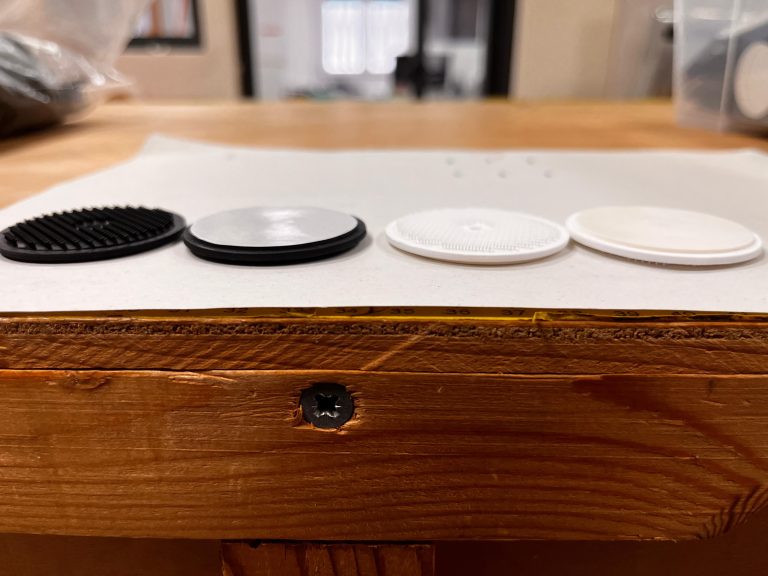 Over the last few decades, the production and use of Fiber-Reinforced Polymers (FRP), have continuously increased in all industrial sectors but mainly in the marine sector.
Over the last few decades, the production and use of Fiber-Reinforced Polymers (FRP), have continuously increased in all industrial sectors but mainly in the marine sector.
The increase in production and consumption has obviously led to an exponential increase in growth of FRP waste, both as end-of-life products (End of Life, EoL) and as manufacturing waste. Over the last twenty years, the problems related to the recycling and reuse of fiber-reinforced materials have been increasingly subjected to attention both by European regulations on waste management and by public opinion that is increasingly sensitive to this issue . More affordable and feasible end markets for recycled materials should be identified to satisfy both the economic and environmental point of view. European legislation has set targets with concrete measures to ensure implementation, so landfill and incineration will be progressively unavailable as traditional final routes for this type of waste.
The composites
The boats are mostly built using composite materials that are made with organic resins (matrix) generally polyester, epoxy or vinylester reinforced by glass fibers (GFRP), carbon (CFRP) or aramid. GFRPs constitute the largest group of composite materials with over 95% of all fiber-reinforced composites.
Market forecasts give a constant annual growth in the global production of glass fiber.
The advantages given by the reduced weight and by the longer duration are increasingly recognized to composite materials, and therefore market penetration is growing in consolidated sectors while new sectors are adopting them. This inevitably leads to an increase in waste deriving from production and an increasing challenge for the development of economically sustainable recycling routes for the end of life.
Composites are naturally resistant, durable and non-homogeneous, which makes them intrinsically difficult to recycle and the commercialization of recycling routes is a challenge.
The report on the plastics market of the European Composites Industry Association (EuCIA) also confirms that, despite a certain contraction in specific market sectors, the global growth of the GFRP composites sector is constant and the overall European production of GFRP in volume is increased in 2018 by 2.5% to 1069 megatons.
Clearly, the growth of the production and use of GFRP, involves an increasing amount of both waste and products or waste at the end of life (EoL)
GFRP-based products generally have a long life (20-25 years); therefore, their disposal at the end of their lives was not, until recently, one of the main concerns of the industry.
Given that the demand for increasingly light, fast and performing boats in the coming years will also constantly increase the amount of GFRP waste. Taking into account the above figures, the question is: how to manage FRP waste?
Considering that thermoplastic-based FRP materials can be easily recycled by melting, the recyclability of thermosetting FRP products, with fiber recovery, is much more difficult, so far, landfills and incineration been the most common final destinations for thermosetting composites. But with the advancing awareness of the environmental problems and European waste management legislation, soon these two systems will no longer be in use.
Therefore the perception of the lack of economic recyclability of the thermosetting material is sometimes the cause of the renunciation of using them in favor of other “traditional” materials such as steel or aluminum.
This increases awareness of environmental issues and the search for more sustainable materials
Caused several recycling techniques to be analyzed and proposed for FRP composites, mainly for GFRP and CFRP waste materials. Although research on recycling methods is underway, related research on end-use applications for recycled products is still at a very basic stage, in fact to be cost-effective; recycling researches should always cover both issues which are clearly interdependent.







